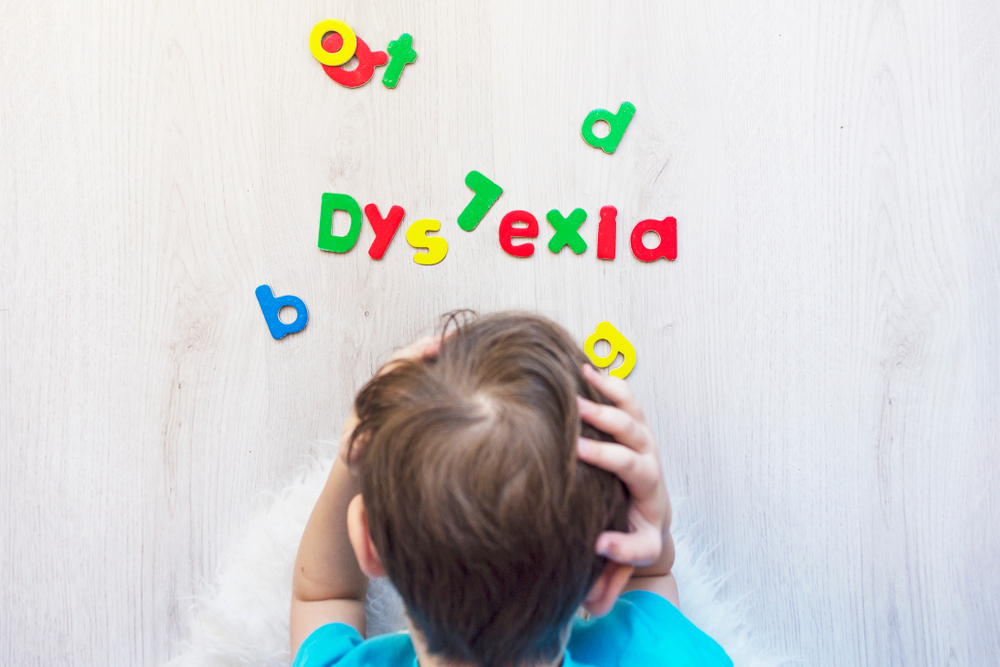Six Tips for Teaching Children with Dyslexia
Recent statistics seem to show that learning disabilities in Calgary are on the rise. As a teacher, you probably have to deal with all kinds of students on a daily basis. This role can be challenging at times and requires you to find new ways to relate to your students and make them understand concepts in the most effective way possible. According to Education Calgary, a Calgary-based children’s education advocacy group, “there are some students who may struggle more than others in your class, especially if their learning abilities are different from those of most other learners.” If you are about to begin teaching a group of learners for the first time and some or even all of them may have dyslexia, there are certain things you should keep in mind. Fortunately, there is plenty that you can do as an educator to make the experience easier for them. Calgary has many great resources for children and older students why have dyslexia and other learning disabilities. After all, these students want to learn just like everyone else! Here are 10 tips for teaching dyslexic students in your classroom:
Keep your lessons engaging and interactive
If you want to help students with dyslexia to feel more comfortable in your classroom, then it is important to engage them in various ways and make your lessons interactive. If possible, try to include group discussions or role-playing in your lessons. This will allow your students to actively participate in the learning process. Another trick you can use is to ask your students to share their knowledge with each other and explain concepts to their peers. You can also break up your regular lectures with activities such as watching a video, reading poetry, or playing games. This will help your students to stay engaged and focused throughout your lesson. In addition, try to make the environment as comfortable as possible for your dyslexic students. If you decide to use a whiteboard, for example, it is best to avoid using a marker. Markers create a lot of noise that can be distracting for people with dyslexia.
Use visuals to help students understand concepts
When you are teaching, try to make use of visual aids whenever possible to help your dyslexic students better understand concepts in the lesson. For example, if you are teaching about the different parts of the human body, you can use posters, charts, or images to show what these parts look like. This will make it much easier for your dyslexic students to follow along and understand the lesson, as well as for other students who may have different learning needs.
Try using different types of teaching methods
Many dyslexic students may respond better to certain teaching methods better than others. While it is important to find out which methods work best for each of your students, you can also try to use different ones for students with dyslexia. In teaching reading and writing, for example, you may want to try using phonics or multisensory reading strategies. This will help your dyslexic students better understand the concepts that are being taught to them. Moreover, you can also use assistive technology, such as text-to-speech programs or special software, to make the learning experience easier for your students with dyslexia.
Don’t hesitate to allow your students extra time
If you notice that a student with dyslexia is having a hard time keeping up with the rest of the class, it is important not to push them too hard. If you notice that a specific student is falling behind the rest of the group, it is best to let them know that you don’t expect them to finish all their work in the same amount of time as their classmates. You can do this by giving that student extra time, either to finish their work or to take tests. Of course, this may also apply to when you are administering grades. Be sure to take into account how long it might take for a dyslexic student to finish the exam.
Be patient and give praise often
When it comes to dealing with dyslexia, it is important to be patient and to give praise frequently. Again, it is important to keep in mind that the students who struggle with dyslexia don’t have a choice in the matter. Your students with dyslexia may need more time to complete their work, but that doesn’t necessarily mean that they are being lazy. Instead, they are working at the pace they can manage and deserve kindness, patience, and praise as they do their best.
Don’t forget to check for other conditions that may co-occur with dyslexia
As mentioned earlier, dyslexia is a condition that involves language-based processing issues. However, that doesn’t mean that it is the only condition that can co-occur with dyslexia. In some cases, students with dyslexia may also have attention deficit hyperactivity disorder (ADHD) or other conditions. If you are dealing with a group of students with dyslexia, it is important to keep in mind that other conditions could also be present. This will help you find the best ways to help these students.
Conclusion
Above all, it is important to remember that dyslexia is a common condition with many different variations. This means that some students may have milder forms of it while others may have more severe cases. Therefore, you need to be flexible with your teaching methods and strategies, making them as individual as possible. With these 10 tips, you can make your classroom a more comfortable place for students with dyslexia. However, it is important to remember that people with dyslexia are individuals, and what works for one person may not work for another. With that in mind, you can make the classroom environment more conducive to learning for your dyslexic students by making a few adjustments.

